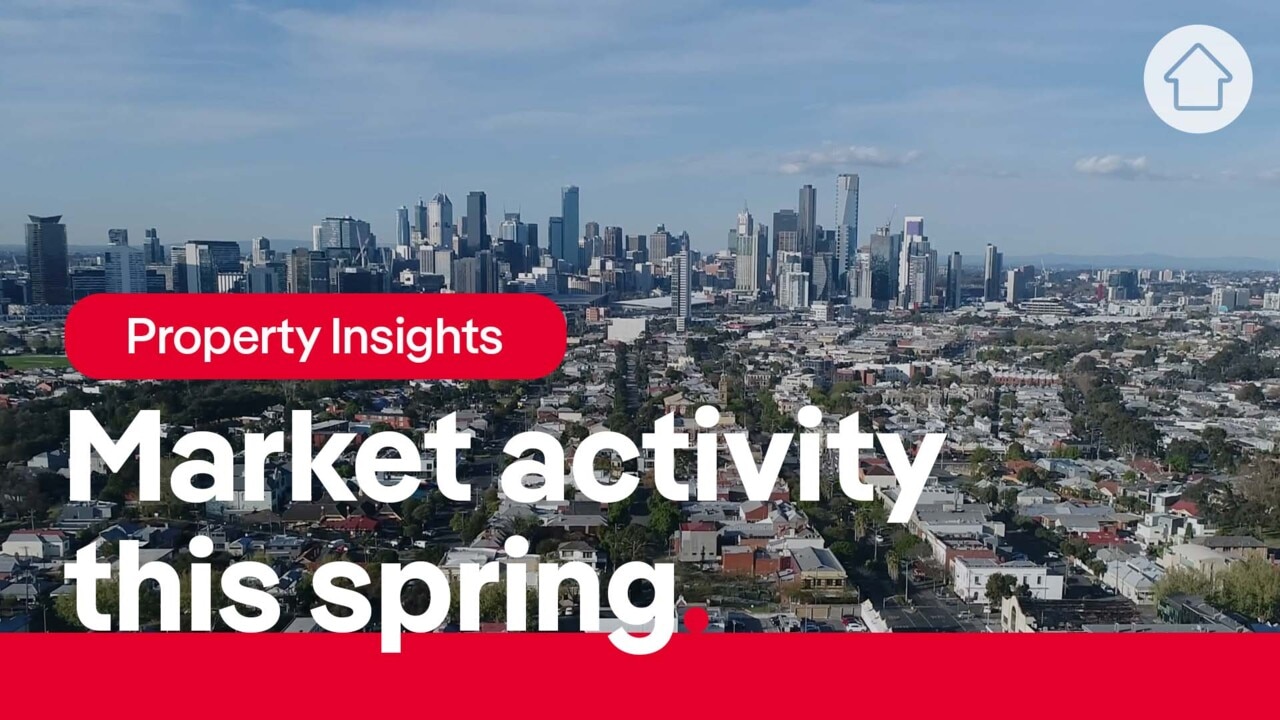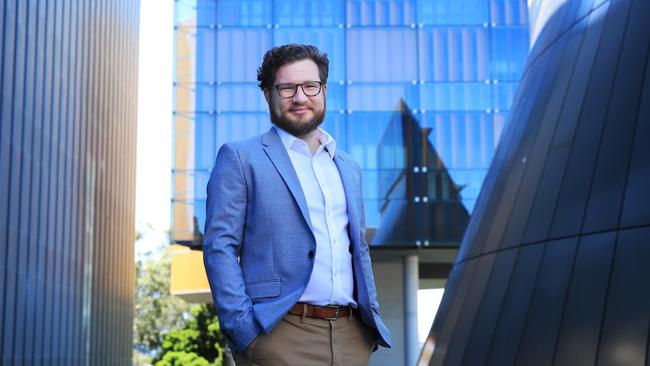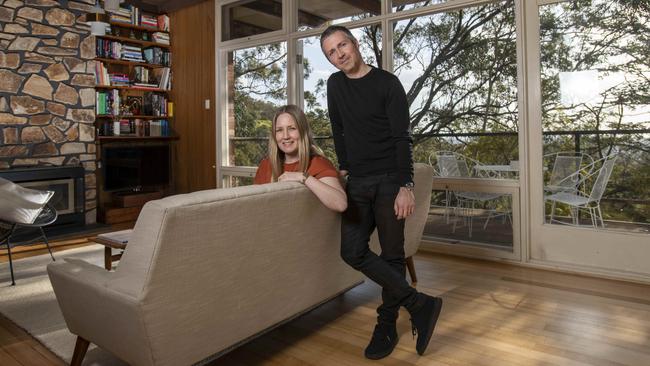SA home buyers: How you lost more than $98,000 in five months
Latest data shows how interest rate hikes have wiped out hundreds of thousands from homebuyers’ budgets and priced them out of suburbs.

Homebuyers in SA have been priced out of the housing market as increasing interest rates wipe hundreds of thousands from their budgets.
Latest PropTrack data analysis shows borrowing capacities have dropped by more than 19 per cent since the Reserve Bank of Australia (RBA) first raised the interest rate in May this year.
According to the data, homebuyers with a $500,000 budget in April now had a borrowing capacity of just $401,597, a drop of $98,403.
Similarly, those with a $750,000 budget had lost $147,604 while buyers with a borrowing power of $1m were now down to $803,194, the data reported.
Those finances would be further hit if the RBA hikes interest rates again on Tuesday. A 0.25 per cent increase would bring the budget down to $391,962 from $500,000 while a 0.5 per cent hike would reduce it to $382,699.
The reduced borrowing capacity has now left homebuyers priced out of a large number of suburbs.
To put that into perspective, a buyer with a loan of $500,000 in April would have been able to afford a house in 172 suburbs in SA, based on their median house price. The reduction in borrowing power to $401,597 means that buyer now has only 120 suburbs to choose from.
Similarly, those with a $750,000 loan in April, now reduced to $602,396, has 96 suburbs fewer on their list.
PropTrack senior economist Paul Ryan said the reduction in borrowing capacity will hurt first homebuyers the most.
“It’s tough times for first homebuyers as they tend to borrow a larger portion of the house price which makes them more susceptible to reductions in borrowing capacity,” Mr Ryan said.
“2021 saw a huge boom in first homebuyers because a lower interest rate boosted their borrowing capacity. Roughly speaking, an increase of one percentage point in interest rates reduces borrowing capacity by 10 per cent,” he said.

According to the PropTrack Home Price Index, which released today, while home prices in Adelaide had fallen for the second consecutive month in September, it still remained the strongest performing capital city over the past year.
“Adelaide has recorded a small fall in September but it’s likely to see smaller falls going forward as compared to the rest of the country,” Mr Ryan said.
“While we generally see house prices fall with falling borrowing capacities, we don’t think prices are going to fall to the same extent that borrowing capacities have declined as the housing market remains strong,” he said.
Damian Bastiras, a senior mortgage broker at Axia Finance, said buyers should not only consider higher interest rates but also increases in cost of living when applying for a loan.
“Not only are interest rates going up, the Household Expenditure Method (HEM) that banks use is also going up,” Mr Bastiras said.
“First homebuyers should look to staying within budget … don’t overshoot what you can afford. We also encourage buyers to see what grants are available,” he said.

For Adelaide-based architect Jet O’Rourke and his partner Melanie Tokley securing a home before the interest rate hikes was a bit of a scramble. They were lucky to buy a home in Lynton in March this year.
“Having worked in Melbourne for six years, I moved to Adelaide post the pandemic. When my partner and I started looking for a home as a couple, we realised that other people were also looking at the same time,” Mr O’Rourke said.
“We also had a mortgage broker do some analysis for us to understand what it would take to secure a loan at a price point we were after. In that sense, we were given the bad news (rise in interest rates) before. It’s important to plan ahead.”
Originally published as SA home buyers: How you lost more than $98,000 in five months
